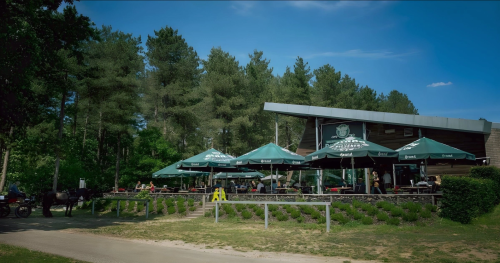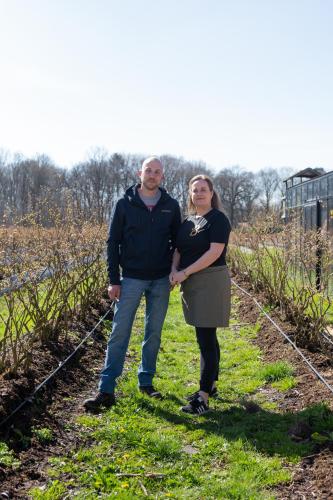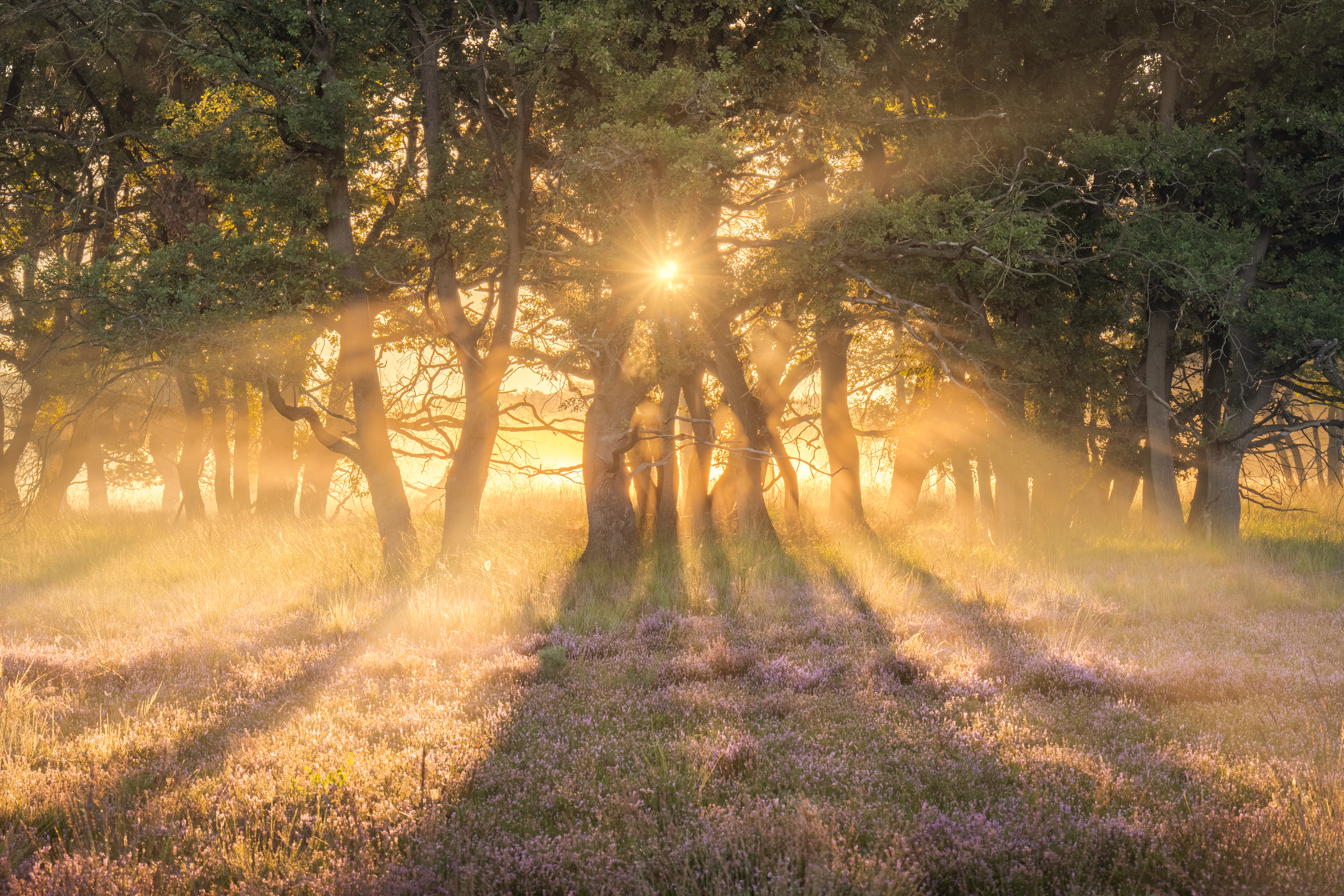Province(s)
Status
Surface
Landscape
A unique terraced landscape
In the easternmost corner of Central Limburg, you'll find a terraced landscape that is unique to the Netherlands. The three terraces were formed in the distant past as the waters of the Rhine and Meuse eroded the land and due to shifts in the earth's crust. They have steep transitions and a total height difference of 50 meters from the Roer, a tributary of the Meuse. Two stream valleys have formed perpendicular to the terraces: the valleys of the Boschbeek and the Rode Beek. The crystal-clear water flows from these streams to the Roer. Follow the water and discover the silent fens and beautiful heathlands that lie between them. Or cross the vast forests and marvel at this refuge and resting place for breeding birds, roe deer, and wild boars.
Changes in the Landscape
De Meinweg National Park has a long history. The name comes from the Celtic word ‘gemeyne’, which means ‘common’ or ‘together’. It was the "common pasture" of the fourteen villages that governed and used the area. Now eight of these villages are in Germany and the other six in the Netherlands. Humans have exerted significant influence on the landscape over the centuries. The fens were formed by digging out peat for turf extraction. The deciduous and coniferous forests were planted to serve as fuel or pit props in the mines. However, not everything has changed; in several old forest cores, you can still find tree species that have traditionally occurred here. Such as the summer and winter oak, known as Meinwegstobben.

View over fields and forest
The best way to discover the area is on foot or by bike. For the most special view, follow the wheelchair path, or the family path. This 2-kilometer loop starts at the railroad crossing past Rijstal Venhof in Herkenbosch. Along the route, there is a watchtower from where you can look out over the fields and the forest. On a clear day, you can even see the Roer Valley, a beautiful rolling landscape with fields, meadows, small forests, and hedgerows. Experience the silence around you, which may suddenly be broken by perhaps a wild boar.

For butterfly enthusiasts
Do you enjoy admiring butterflies and their vibrant colors or agile fliers like dragonflies and damselflies? Then follow the boardwalk along the Rode Beek, a beautiful marsh area where they love to fly around. Forty different species of dragonflies have been observed in this area. You might discover the forest damselfly and the extremely rare common spring dragonfly. The stream derives its name from the red, iron-rich water that flows from the peaty area. The currently straight stream with a concrete bottom and banks will eventually be replaced by a wide, shallow depression where the stream can form its own bed.
Habitat of reptiles and amphibians
National Park De Meinweg is known for the special species of reptiles and amphibians that occur there, such as the endangered great crested newt and the garlic toad. Even five of the seven native species live here: the adder, the smooth snake, the viviparous lizard, the sand lizard, and the slowworm. The adder is venomous, but so shy that you can count yourself lucky if you see one. Would you still like to spot the adder? You have the best chance of an encounter in the spring, when they bask in the sun.

Do you want to visit the park?

Info Point The Forest Hut
Meinweg 2, 6075 NA Herkenbosch

Personal story
Laura van den Berg wants harmonious collaborations with farmers, recreation, and nature, with the right to existence and development for everyone.
Do you want to know more about De Meinweg National Park?
Discover all the current information on the park's website. From the events calendar and walking routes to contact details and more.
